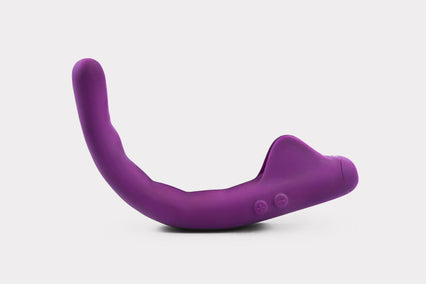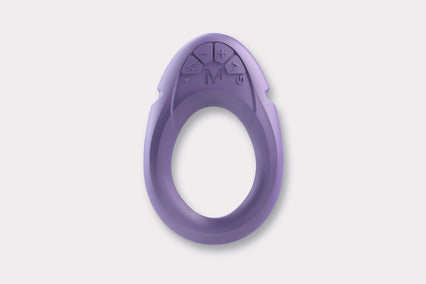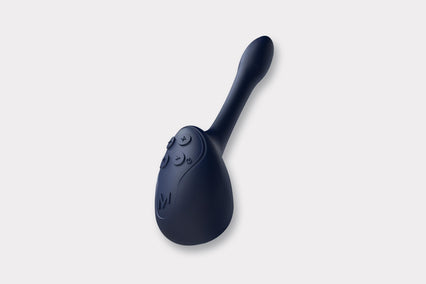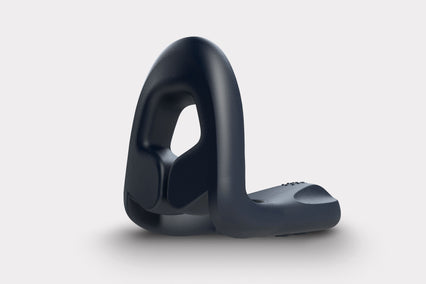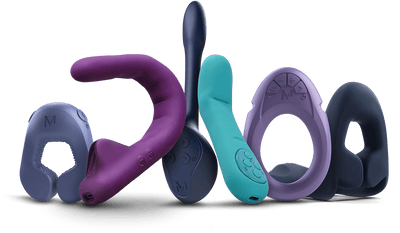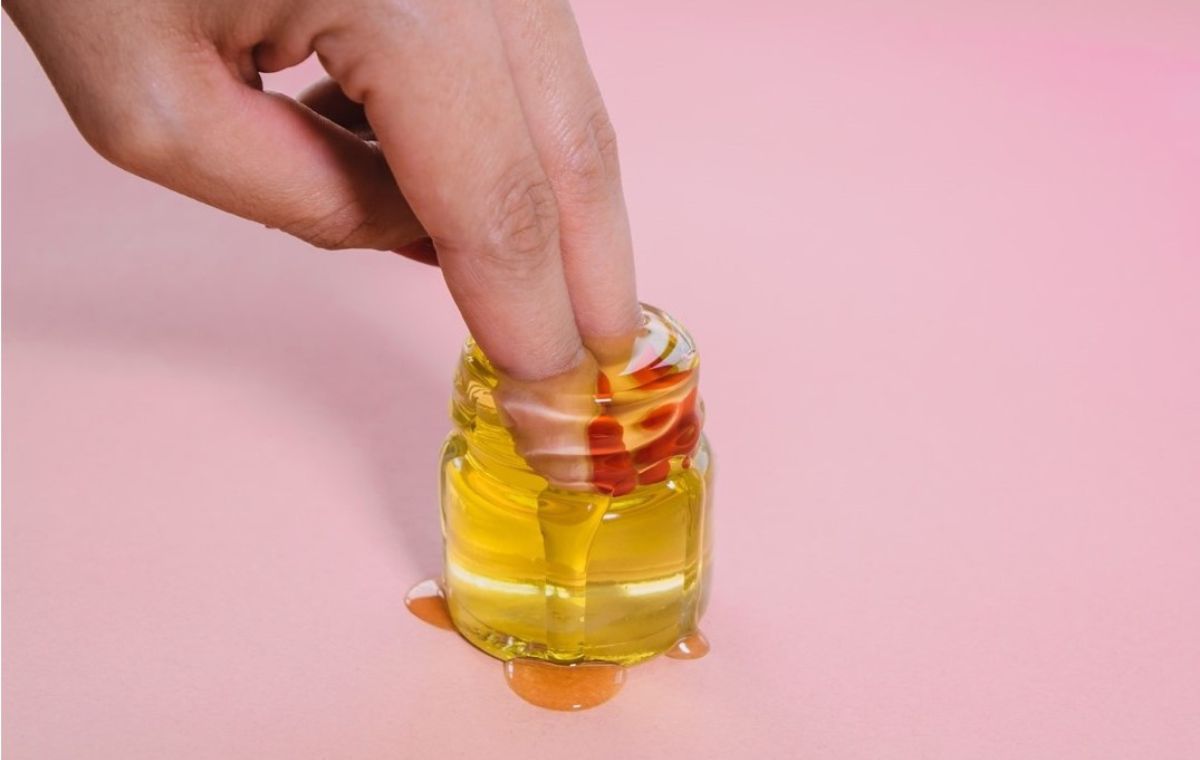Understanding the different experiences of pleasure and orgasm to make better sextech
How many different kinds of orgasm are there? You might initially think two or three: clitoral orgasms, vaginal (or g-spot) orgasms, prostate orgasms…and ones which combine both — where both areas are stimulated simultaneously. But the more we learn about orgasms and sexual pleasure, the clearer it becomes that things are much more complicated than that.
Edging, pace, pressure, lubrication, external stimulation (porn, erotica, or personal fantasy) — all of these things feed into orgasm, meaning that a simple definition of ‘clitoral or g-spot’ won’t be useful to us for long. Perhaps it’s time to start thinking not of where orgasms originate, but how they’re brought on. Masturbation techniques, rather than simple biology.
Masturbation Diversification
Recent research that showcases the huge variety in female masturbation techniques is eye-opening. It shouldn’t be, really: women have been masturbating for as long as the human race has been around, each with their own unique way of reaching orgasm.
Yet the female orgasm is still often seen as a mysterious or elusive thing, which is why researchers and the media alike try and catalogue and explain some of the more common techniques, highlighting that there are far more than one or two ways to reach orgasm.
For example, based on in-depth interviews with 1,000 women, OMGYes catalogued and explained in detail a number of different masturbation techniques. There’s ‘circling’ (all the different ways people rub circles around the clitoris), ‘edging’ (building gradually to almost-climax then holding off, then repeating), building up different rhythms and pressure-points, and plenty more besides.
At the moment the website lists twelve different techniques, each with its own variations and styles. If you’ve only ever experienced your own technique (or that of a partner), the sheer variety is quite overwhelming. But the lesson learned from this research is very important — to sex toy companies like us as well as to individuals.
Vibrators: Simple Versus Complex
Why does it matter that there’s so much variety in manual masturbation? Well, quite simply because this kind of research has not been done on this scale before, and as a result much of what we thought we knew about cisgender female sexual pleasure is either wrong or incomplete.
Many of the vibrators that are currently on the market rely on quite simple stimulation of — yep, you guessed it! — the clitoris and the g-spot. Like a bumbling partner finding the clitoris then simply repeatedly stimulating it in the hope of an orgasm, many vibrators for women work on the idea that you can press it against your clitoris, turn it on, and voilà! This kind of stimulation will certainly work for some people, but many need something much more complex — which can adapt its rhythm or pressure more precisely to better work with their bodies.
You might have noticed that vibrators on the market today make concessions to this ‘everyone’s different’ philosophy — offering different patterns and speeds, for instance, so that people can select a type of stimulation that’s right for them.
With Crescendo, our goal is fully personalised pleasure — that means not just a selection of patterns, but an app that you can use to create your own unique rhythm too. Not just a toy that can be angled at one point, but one which can be bent in a number of places to better fit the curve of your own body. And six motors that can be individually turned on or off, depending on exactly where you need stimulation.

But while we’re pretty proud of Crescendo, understanding the variety of orgasm isn’t just about designing cooler vibrators. From an education perspective too it’s important for us to try and get away from more simplistic ideas (that this or that will guarantee a clitoral or g-spot orgasm, for instance) and instead start thinking in terms of technique or preference for an individual.
Sex blogger and educator JoEllen Notte highlighted this in an article she wrote about the Womanizer — a clitoral vibrator that many people claimed would give a ‘guaranteed’ clitoral orgasm. JoEllen rightly pointed out that clitoral stimulation actually doesn’t ‘do it’ for many — and for her, the statements that it would ‘definitely’ provide a certain kind of orgasm actually made her feel othered and unhappy.
“a lot of people love this toy and a lot of people love direct clitoral stimulation and these facts have led to broad sweeping statements about both of those things — reviews¹ that proclaim this toy can make ANYONE orgasm and articles quoting everyone from doctors to comediennes telling the world that we need to be touching the clitoris in order to give pleasure to people with that particular anatomical feature. Result: I, a somewhat successful sex writer (and I’m willing to bet other people like me), feel broken and struggle to communicate my needs to partners.”
It’s not a coincidence that this — like so many of the broader problems society has around sex — comes down to communication. Individuals communicating with their partners, organisations with resources communicating research in a way we can all understand, and importantly sex toy companies listening to users when they talk about their different experiences of orgasm.

